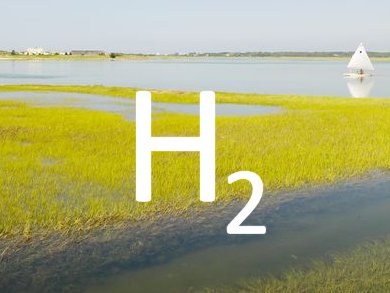Many kinds of algae and cyanobacteria are capable of using energy from sunlight to split water molecules and release hydrogen, a potential green fuel. But to these organisms, the production of H2 is a low priority — it is only a side reaction in the production of sugars that support the organism’s growth.
Shuguang Zhang and colleagues, Massachusetts Institute of Technology, USA, have found a way to change this preference, allowing more hydrogen to be produced. They found that under the anaerobic conditions that support hydrogen production, there is a significant loss of photosynthetic electrons toward NADPH production in vitro. By replacing the hydrogenase enzyme in algae with a bioengineered ferredoxin-hydrogenase fusion enzyme, the team was able to shuttle the electrons directly to the hydrogenase and increase the rate of algal hydrogen production by about 400 %.
- Photosynthetic electron partitioning between [FeFe]-hydrogenase and ferredoxin:NADP+-oxidoreductase (FNR) enzymes in vitro
I. Yacoby, S. Pochekailov, H. Toporik, M. L. Ghirardi, P. W. King, S. Zhang,
Proc. Natl. Acad. Sci. 2011.
DOI: 10.1073/pnas.1103659108



